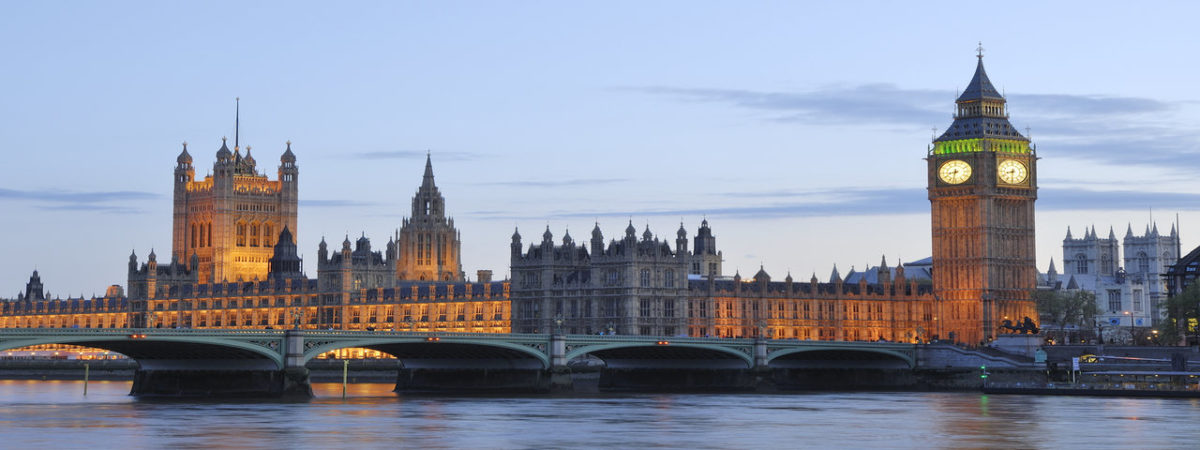The third runway: urgent but not vital
SUGGESTED



Heathrow has taken advantage of the Brexit vote to ramp up its increasingly strident calls for an immediate decision from Government, arguing that there is no better way, post-Brexit, of showing global investors that Britain is a confident, outward-looking nation, open for business. Its chief executive has suggested that it could add a further 42 long-haul destinations if it was given permission to go ahead with the runway and that Heathrow expansion is “vital” for the economy. But is it? There are a number of reasons to think that adding capacity either at Heathrow, or at the alternative site advanced by the Airports Commission, Gatwick, is important for economic growth, but not vital.
Take for example the prospective 42 destinations mentioned by Mr Holland-Kaye. It should not be a surprise to learn that it is not the chief executive of Heathrow airport who will decide whether these 42 destinations are served, but the bosses of the airlines using Heathrow. And I presume that Mr Holland-Kaye also knows that airline bosses can choose, if they wish, to serve these destinations, even without a new runway, or any additional runway capacity. This is possible because of market mechanisms that are in place to ensure that existing runway capacity is used efficiently.
At airports, airlines are allocated what are known as ‘slots’ for aircrafts to land and depart (the intervals of time between each aircraft using the runway). For an airline to serve a new destination it will require access to at least a couple of slots (usually on a daily basis) and it will need to be reasonably confident of favourable commercial prospects for the route. Importantly, when an airline has an existing portfolio of slots at a congested airport, it has to take into account the cost of foregoing an alternative route. (The dominant carrier at Heathrow, British Airways, has a huge portfolio of slots which it can, if it wishes to, juggle between routes). Alternatively, an airline can purchase a pair of slots in a secondary market. The secondary market, which Britain pioneered in Europe, allows airlines to trade slots: airlines with poorly performing routes sell slots to those able to make better use of them.
The existence of this market mechanisms implies that Mr Holland-Kayes’ 42 un-served destinations are of relatively low commercial value to Heathrow airlines. One must suppose that each one will produce less profit than the most marginal route flown currently from the airport. It is possible, of course, that some of these 42 routes could be profitably served from Heathrow but the ‘rights’ to fly these routes are still to be negotiated. If so, it is not the lack of runway capacity that is the impediment. Another reason for their absence from the current Heathrow timetable might be that the size of the local market is restricted by competition from alternative hub airports such as Amsterdam Schiphol and Paris Charles de Gaulle. In time, circumstances may change but, for the time being, provided UK businesses can reach destinations not served from Heathrow by flying to another hub to make the connection, the impediment to trade will be marginal. Indeed, one has to question how much loss there is to UK plc if the businessman or businesswomen, instead of flying to Heathrow to make a connection, use instead one of the existing frequent flights from a regional airport to a Continental hub?
In time the Government will make its decision on the matter of the third runway but it is to be hoped that time has been well spent by Whitehall by questioning some of the wish-lists of the airport bosses, in particular airports’ plans for 3,500m length runways. In many circumstances such mega-lengths would add modestly to construction costs, but that is certainly not the case at Heathrow where, to accommodate such a runway length, the M25 motorway has to be bridged and a small power plant has to be moved; not only will this add to the costs of the scheme but it will also be disruptive to motorists using a critical part of the motorway system. Moreover, if Heathrow is chosen, it will add to the time taken to bring this “vital” project on-stream. In 2007 the government started public consultations on a 2,000m runway. By January 2009, the length had grown to 2,200m; by 2010 to 2,800m and then, by the time of the Airports Commission, to an M25 hopping 3,500m. The technical and economic justification for this Topsy-like growth has yet to be made.
Prof David Starkie is a visiting professor at the University of Applied Sciences, Bremen. He was on the Expert Advisory Panel of the Airports Commission, but writes here in a personal capacity.
3 thoughts on “The third runway: urgent but not vital”
Comments are closed.




At last, someone’s cut through to the heart of the matter. Let’s hope someone in
the Government reads this article.
David, thank you for this. You make some good points, but permit a couple of comments.
First, it seems reasonable to assume that most if not all of the 42 routes mentioned are less profitable than the routes already operated, or at least it would be if they were all the same type of route. But they are not of course. BA tries, with obvious difficulty, to operate Heathrow as a hub. This means having a mix of routes, including short-haul operations which partly serve as feeders for long-haul routes. In absolute terms these feeder routes are likely to be less profitable than the long-haul ones, but many of the latter would not be viable without feed traffic. The more marginal the long-haul route, the more dependent it is likely to be on feed. A new runway would enable BA, and potentially others, to re-introduce many of the short-haul routes, such as domestic connections, which have disappeared over the years. The right balance between less profitable short-haul routes and more profitable long-haul ones is a (difficult) commercial judgement.
Secondly, you correctly point out that all the 42 routes not currently served from Heathrow can be accessed via Continental or Middle East hubs. If you are flying from, say, Manchester, it doesn’t really matter if you connect via Heathrow or Amsterdam or Dubai. But most business demand, by a large margin, originates in the South East of England. It is an impediment to business if passengers are forced to make a connection when competitors in other countries have non-stop flights. This is the core of the argument as to why London needs an efficient hub. At what point the Chinese bank decides that the inconvenience of having to fly via other hubs, adding to travel time, is such that it makes sense to move its European HQ from London to Frankfurt, is of course difficult to identify, but in principle it must be a factor.
You also mention the EU slot allocation rules. The point I have raised in the past, and not really seen a satisfactory answer to, is that these rules combined with the regulator’s approach to pre-financing new airport infrastructure mean that current airlines at Heathrow (or Gatwick) will be expected to pay for much of the cost of a new runway, but a large proportion of the benefits will flow to new competitors who will make a much smaller financial contribution. That seems to be inherently unfair and potentially distorts competition. Perhaps Brexit will provide the solution!
Kind regards
Dr Barry Humphreys CBE
Email: barry@bkhaviation.com
Heathrow is now a leisure airport and hub passengers only profit to the airline and airport.
Heathrow is poorly managed as too many smaller A319/A320/B737 aircraft monopolise slots that should be used by bigger aircraft.
Heathrow expect the UK taxpayer to subsidise the off airport infrastructure costs of up to £20 billion while they refuse to pay any Corporation Tax to help pay for UK infrastructure.
Heathrow airlines such as BA are upgrading their hub operation through Dublin which will free up London bound seats and make Heathrow expansion unnecessary.
The biggest con of the whole aviation lobby, including Howard Davies’s dodgy report, is that UK regions must be restrained from long term international growth to help Heathrow monopolise UK aviation. y